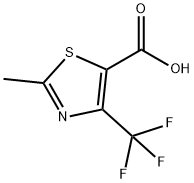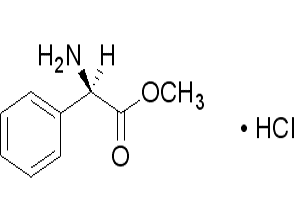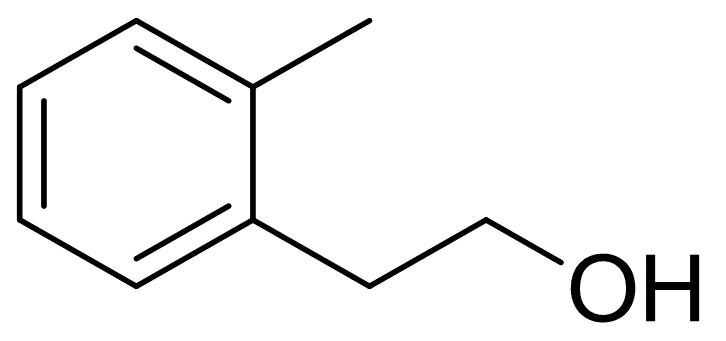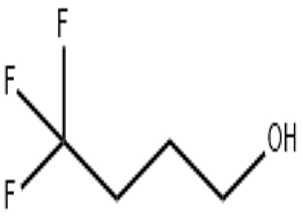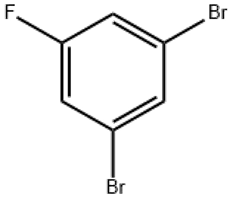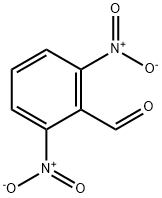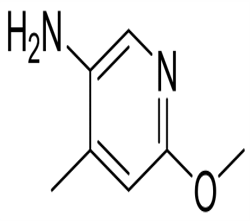2-Methyl-4-trifluoromethyl-thiazole-5-carboxylic acid (CAS# 117724-63-7)
2-methyl -4-(trifluoromethyl) thiazole-5-carboxylic acid is an organic compound with the chemical formula C6H4F3NO2S.
The compound has the following properties:
1. Appearance: colorless crystal or white crystalline powder.
2. Melting point: about 70-73°C.
3. solubility: soluble in some organic solvents, such as ethanol, dimethyl sulfoxide and chloroform, slightly soluble in water.
2-methyl -4-(trifluoromethyl) thiazole-5-carboxylic acid main uses include:
1. pharmaceutical field: as a drug intermediate, can be used for the synthesis of a variety of drugs.
2. pesticide field: commonly used in the synthesis of new pesticides, herbicides and other pesticides.
2-methyl -4-(trifluoromethyl) thiazole -5-carboxylic acid preparation methods are mainly the following:
1. amide and formaldehyde condensation reaction: formic acid and ethyl ester condensation to generate acid anhydride, and then with the amine condensation reaction to obtain the target product.
2. Hydrogenation reaction under acid catalysis: 2-methyl -4-(trifluoromethyl) thiazole-5-carboxylic acid is reacted with hydrogen under acid catalysis to obtain the target product.
Regarding safety information, the toxicological and safety data of 2-methyl -4-(trifluoromethyl) thiazole-5-carboxylic acid are rarely reported, so it is necessary to take certain safety precautions during laboratory operation, such as wearing protective glasses and gloves, to ensure that the experimental operation is carried out in a well-ventilated environment. In addition, the compound may be corrosive and irritating, and care needs to be taken to prevent contact with the skin and inhalation. During use and storage, chemical safety procedures should be followed and stored in a dry, ventilated and dark place. When handling and disposing of this compound, follow the relevant local regulations and safe operating guidelines. If you accidentally come into contact with the substance, rinse immediately with plenty of water and seek medical help.


